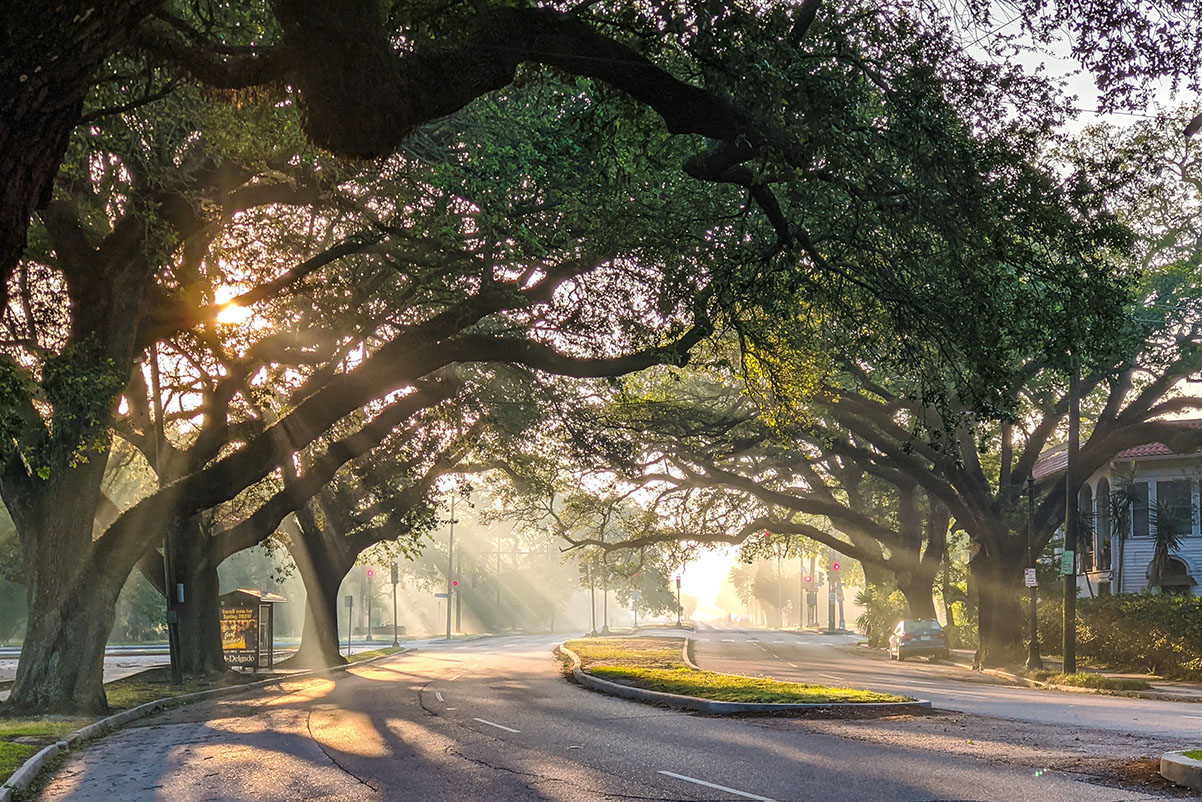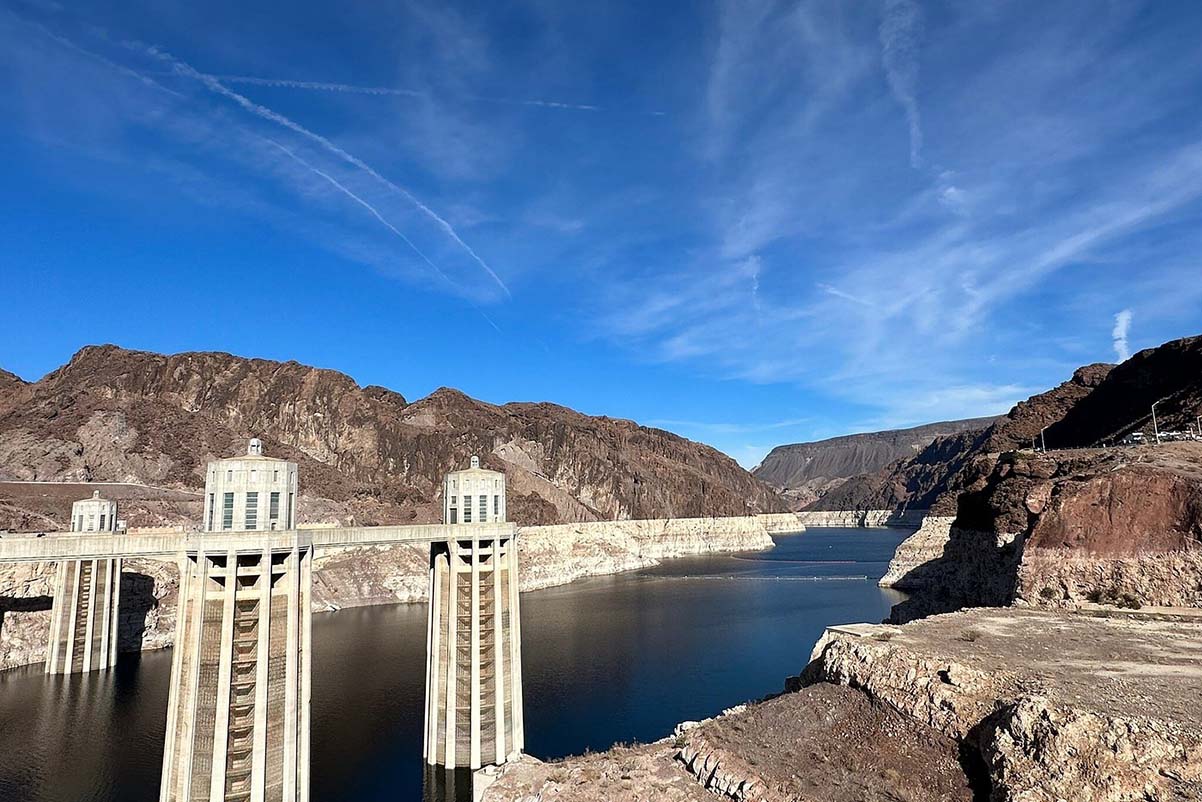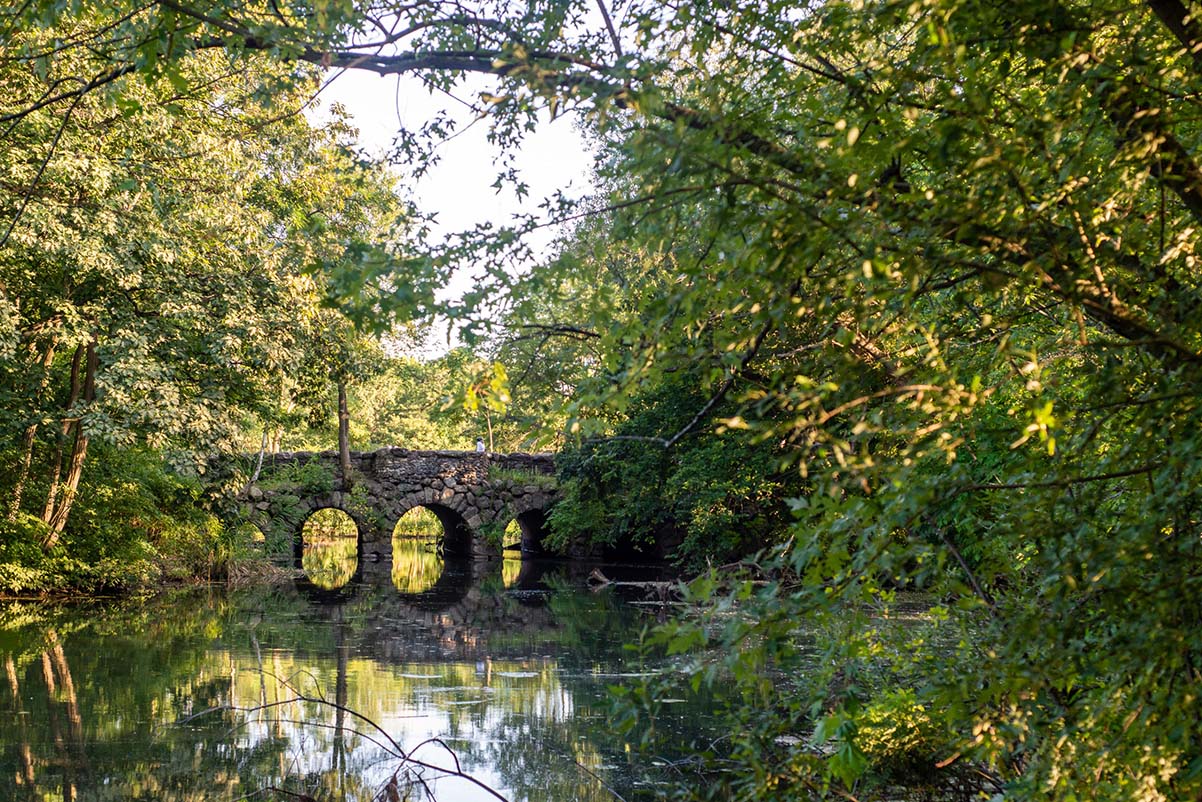New Orleans is a city known for its vibrant culture, rich history, and unique cuisine. While the urban charm of the French Quarter and the lively atmosphere of Bourbon Street are undoubtedly captivating, the natural beauty of New Orleans is equally enchanting. For those who crave a deeper connection with nature, the city offers a variety of hiking and walking trails that showcase the lush landscapes and diverse ecosystems of the region. From serene parks to expansive wildlife refuges, this guide will take you through the best hiking and walking trails in and around New Orleans.
1. Jean Lafitte National Historical Park and Preserve
Location: 6588 Barataria Blvd, Marrero, LA 70072
Distance from Downtown: Approximately 30 minutes by car
Trail Highlights: Swamps, wildlife, boardwalks
Difficulty Level: Easy to Moderate
Trail Length: 0.5 to 5 miles
Hours: Open daily from sunrise to sunset
Admission: Free
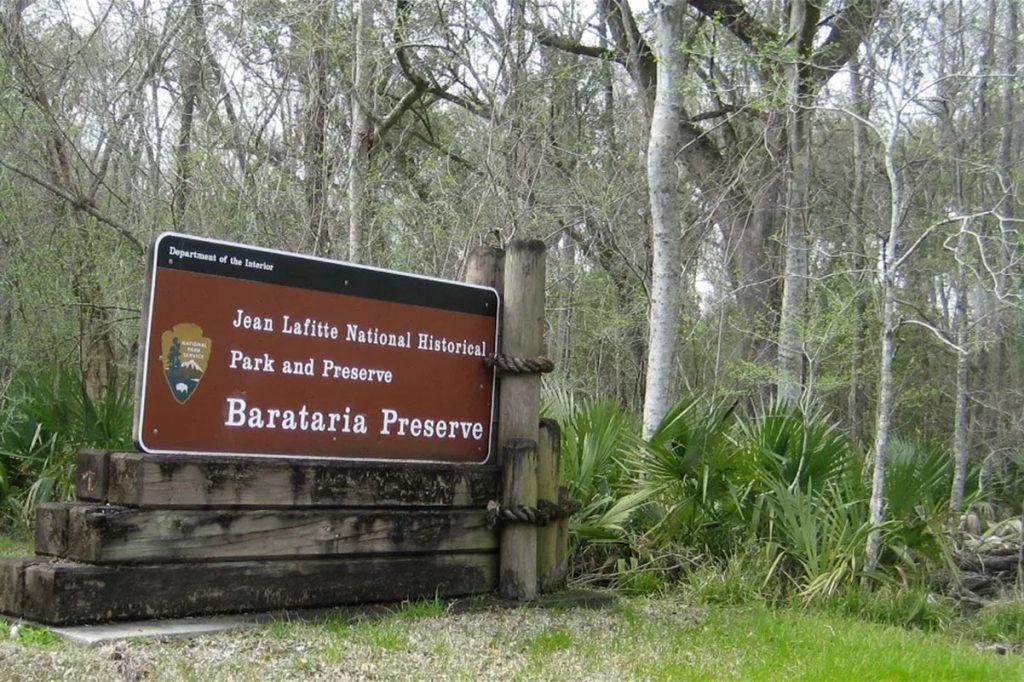
Jean Lafitte National Historical Park and Preserve is a gem located just outside of New Orleans. This preserve is an expansive area of swamps, marshes, and forests that provide a perfect escape into nature. The Barataria Preserve section of the park is particularly popular for hiking and walking, offering a variety of trails that cater to different levels of hikers
Trail Experience:
The trails at Jean Lafitte are well-maintained and provide an easy walk through Louisiana’s iconic wetland scenery. The most popular trail is the Marsh Overlook Trail, a 0.8-mile boardwalk that meanders through the swamp. Along the way, you’ll encounter alligators basking in the sun, turtles lounging on logs, and a variety of birds, including herons and egrets. The boardwalk makes it accessible for all skill levels, including families with children.
For those seeking a longer hike, the Bayou Coquille Trail connects with the Marsh Overlook Trail and extends the walk to 2 miles. This trail takes you deeper into the swamp, offering a more immersive experience of the preserve’s natural beauty. The mix of shaded forest paths and open marsh areas provides a dynamic hiking experience.
Why Visit:
Jean Lafitte National Historical Park and Preserve is a must-visit for nature lovers looking to explore the unique wetland ecosystems of Louisiana. The trails are easy to navigate, making it an ideal destination for both casual walkers and more serious hikers. Don’t forget to bring bug spray and water, as the swamp can get quite humid, especially in the summer months.
2. City Park
Location: 1 Palm Dr, New Orleans, LA 70124
Distance from Downtown: 10 minutes by car or streetcar
Trail Highlights: Oak trees, lagoons, sculptures
Difficulty Level: Easy
Trail Length: 1 to 3 miles
Hours: Open daily from 5 a.m. to 11 p.m.
Admission: Free
City Park is one of the largest urban parks in the United States, spanning over 1,300 acres in the heart of New Orleans. This historic park is home to ancient oak trees, scenic lagoons, and a variety of cultural attractions, making it a favorite spot for locals and tourists alike. With its extensive network of walking trails, City Park is a perfect destination for a leisurely stroll amidst natur
Trail Experience:
The park’s most iconic feature is the centuries-old live oak trees, many of which are draped in Spanish moss. Walking through the park’s trails, you’ll find yourself in awe of these majestic trees, some of which are over 800 years old. The Couturie Forest, located within the park, offers a 60-acre area of native forest with a 1.2-mile nature trail that is perfect for birdwatching and enjoying the tranquility of the woods.
Another popular walking route is the Big Lake Trail, which circles the park’s largest lagoon. This 1.7-mile trail offers stunning views of the water, where you might spot ducks, geese, and even the occasional pelican. The trail is flat and paved, making it accessible for all fitness levels.
For a more cultural experience, consider walking through the Sydney and Walda Besthoff Sculpture Garden, which features over 90 sculptures set amidst beautifully landscaped gardens. The garden’s winding paths provide a peaceful and artistic walking experience.
Why Visit:
City Park offers a unique blend of natural beauty and cultural attractions, making it an ideal spot for a day of exploration. Whether you’re in the mood for a short walk or a longer hike, the park’s trails provide plenty of options. Plus, the park’s proximity to downtown New Orleans makes it an easily accessible escape into nature.
3. Audubon Park
Location: 6500 Magazine St, New Orleans, LA 70118
Distance from Downtown: 15 minutes by car or streetcar
Trail Highlights: Oak trees, golf course, zoo
Difficulty Level: Easy
Trail Length: 1.8-mile loop
Hours: Open daily from sunrise to sunset
Admission: Free
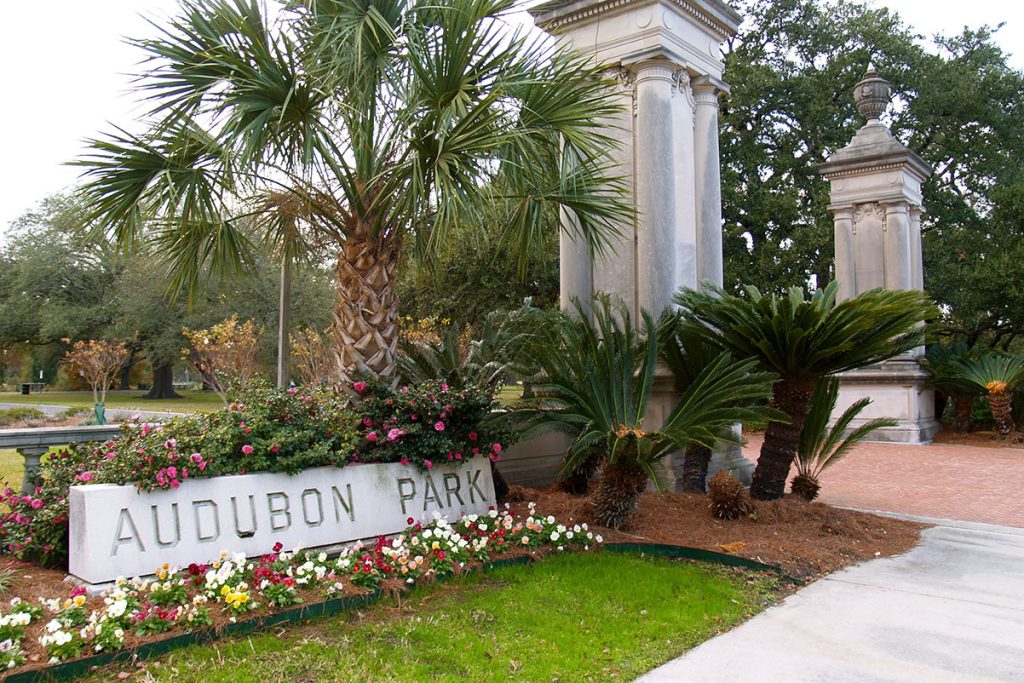
Audubon Park is a beloved green space located in the Uptown neighborhood of New Orleans. Known for its sprawling lawns, grand oak trees, and historic architecture, the park offers a peaceful retreat from the city’s hustle and bustle. The park is named after John James Audubon, the famous ornithologist and naturalist, and it’s a fitting tribute to his love of nature.
Trail Experience:
The most popular walking trail in Audubon Park is the 1.8-mile loop that encircles the park’s central lagoon. This paved trail is perfect for walkers, joggers, and cyclists alike. The path is lined with towering oak trees, providing ample shade during your walk. The lagoon itself is a tranquil spot where you can often see swans, ducks, and turtles.
As you walk along the trail, you’ll pass by the Audubon Golf Course, a beautifully maintained 18-hole course that adds to the park’s serene atmosphere. The trail also offers views of the Audubon Zoo, one of the top-rated zoos in the country, and you might even hear the sounds of animals as you pass by.
For those interested in a bit of history, the park is home to several statues and monuments, including a statue of John James Audubon. These landmarks add a historical element to your walk, making it both educational and enjoyable.
Why Visit:
Audubon Park is a perfect spot for a leisurely walk in a picturesque setting. The park’s location in the charming Uptown neighborhood, combined with its natural beauty and cultural significance, makes it a must-visit for anyone looking to experience the peaceful side of New Orleans. It’s also a great place to bring a picnic and spend the day relaxing under the shade of the oak trees.
4. Bayou Sauvage National Wildlife Refuge
Location: Ridge Trailhead, 61389 Hwy 434, Lacombe, LA 70445
Distance from Downtown: 25 minutes by car
Trail Highlights: Wetlands, wildlife, boardwalks
Difficulty Level: Easy to Moderate
Trail Length: 0.4 to 4.5 miles
Hours: Open daily from sunrise to sunset
Admission: Free
Bayou Sauvage National Wildlife Refuge is the largest urban wildlife refuge in the United States, encompassing over 23,000 acres of marshes, swamps, and forests. Located just a short drive from downtown New Orleans, this refuge is a haven for wildlife and offers a unique opportunity to explore Louisiana’s natural landscapes.
Trail Experience:
The refuge features several well-marked trails, each offering a different perspective on the area’s diverse ecosystems. One of the most popular trails is the Ridge Trail, a 0.4-mile boardwalk that winds through a cypress-tupelo swamp. This short but scenic trail provides an up-close look at the refuge’s wetlands and is ideal for birdwatching.
For a longer hike, the Bayou Sauvage Ridge Trail extends 4.5 miles into the refuge, offering a more challenging hike through a mix of marshes and forests. This trail is less frequented, providing a more solitary experience in nature. Along the way, you might spot alligators, deer, and a variety of bird species, including bald eagles and roseate spoonbills.
Another notable trail is the Joe Madere Marsh Overlook, a 0.6-mile boardwalk that offers stunning views of the marshlands. This trail is particularly beautiful at sunrise or sunset, when the light casts a golden glow over the water.
Why Visit:
Bayou Sauvage National Wildlife Refuge is a must-visit for nature enthusiasts looking to experience the wild side of New Orleans. The refuge’s trails offer a unique opportunity to explore the region’s wetlands and observe the diverse wildlife that calls this area home. Whether you’re an avid hiker or just looking for a peaceful walk in nature, Bayou Sauvage has something to offer.
5. Lafitte Greenway
Location: St. Louis Street to Basin Street, New Orleans, LA 70112
Distance from Downtown: Starts in the French Quarter
Trail Highlights: Urban greenway, parks, public art
Difficulty Level: Easy
Trail Length: 2.6 miles
Hours: Open daily from sunrise to sunset
Admission: Free
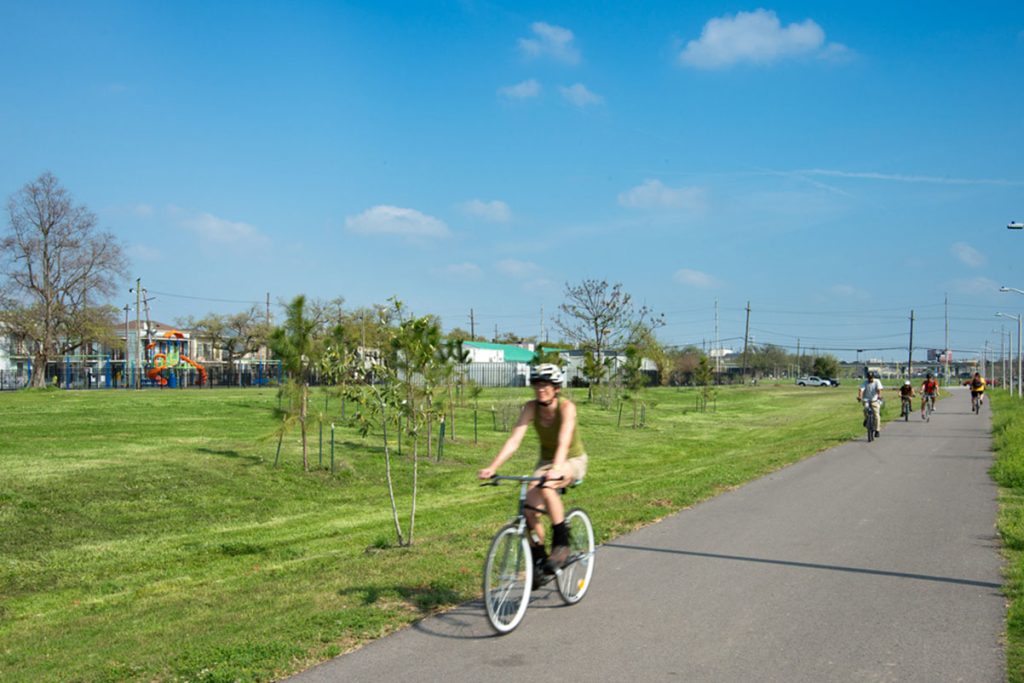
The Lafitte Greenway is a 2.6-mile urban trail that connects the French Quarter to the Mid-City neighborhood. This greenway was once a shipping canal and railroad right-of-way, but it has been transformed into a vibrant public space that offers a mix of natural and urban experiences.
Trail Experience:
The Lafitte Greenway is a paved trail that is popular with walkers, joggers, and cyclists. The trail is lined with green spaces, public art installations, and community gardens, making it a dynamic and engaging route. Along the way, you’ll pass through several parks, including the Lafitte Greenway Park and Lemann Playground, where you can take a break and enjoy the scenery.
The greenway also offers a glimpse into the local culture, as it passes by colorful murals and historic neighborhoods. The trail is well-lit and features plenty of benches and water fountains, making it a comfortable and accessible option for all.
One of the highlights of the Lafitte Greenway is its connection to the French Quarter. Starting your walk in the historic heart of New Orleans and ending in the vibrant Mid-City neighborhood allows you to experience a broad spectrum of the city’s culture and history.
Why Visit:
The Lafitte Greenway is a perfect example of how urban spaces can be transformed into green oases. This trail offers a unique way to explore New Orleans, blending the city’s natural beauty with its rich cultural heritage. Whether you’re looking for a leisurely walk or a scenic bike ride, the Lafitte Greenway is a fantastic option.
6. Crescent Park
Location: 1008 N Peters St, New Orleans, LA 70117
Distance from Downtown: 5 minutes by car or 15 minutes on foot
Trail Highlights: River views, gardens, public art
Difficulty Level: Easy
Trail Length: 1.4 miles
Hours: Open daily from sunrise to sunset
Admission: Free
Crescent Park is a 1.4-mile linear park that stretches along the Mississippi River in the Bywater neighborhood. This park offers stunning views of the river and the New Orleans skyline, making it a popular spot for both locals and visitors. With its well-maintained walking paths, lush gardens, and unique architectural features, Crescent Park is a must-visit destination for anyone exploring the city.
Trail Experience:
The main walking path in Crescent Park is a paved trail that runs the length of the park, offering unobstructed views of the Mississippi River. The trail is lined with native plants and flowers, creating a beautiful and serene environment for a walk. Along the way, you’ll encounter several public art installations, as well as the iconic Piety Street Bridge, a pedestrian bridge that offers panoramic views of the city.
One of the unique features of Crescent Park is its connection to the river. The park’s design emphasizes the relationship between the city and the Mississippi River, with several overlooks and seating areas where you can sit and watch the river traffic go by. The Mandeville Shed, a historic structure within the park, has been repurposed as a covered seating area and event space.
Crescent Park is also home to a dog run and several picnic areas, making it a great spot for a leisurely afternoon with friends, family, or pets. The park’s location in the Bywater neighborhood, known for its vibrant arts scene and colorful architecture, adds to its appeal.
Why Visit:
Crescent Park is a perfect blend of natural beauty and urban design. The park’s scenic views, well-maintained trails, and connection to the Mississippi River make it a standout destination in New Orleans. Whether you’re looking for a peaceful walk, a place to relax, or a spot to enjoy the sunset, Crescent Park offers it all.
New Orleans is a city that offers much more than its famous nightlife and music scene. For nature lovers, the city and its surroundings provide a wealth of opportunities to explore the great outdoors. Whether you’re strolling through historic parks, hiking through swamps, or walking along the Mississippi River, these trails offer a unique perspective on the natural beauty of New Orleans.
